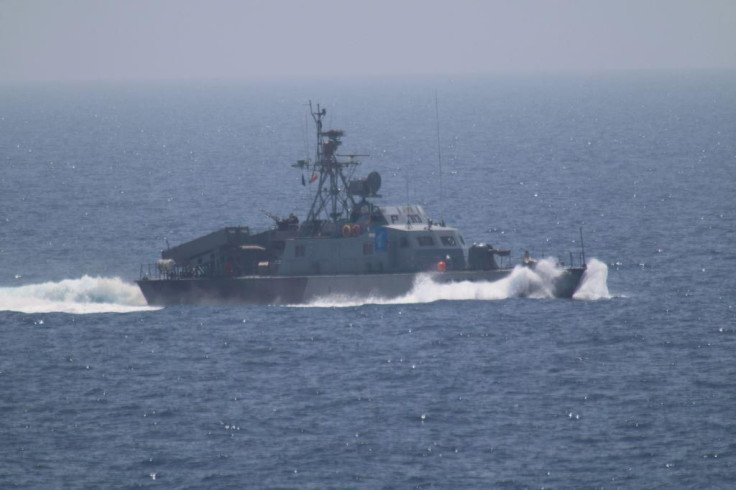Iran Preparing For War? Tehran Likely To Purchase Anti-Ship Missiles, Warships After Arms Embargo Expires In 2020

Iran could purchase surface warships, submarines, and anti-ship missiles after the expiration of a United Nations arms embargo in 2020, the U.S. Office of Naval Intelligence said in a report. The news comes amid tensions between Iran and the U.S as President Donald Trump vowed to get tough with Tehran.
The expiration "will allow Iran to pursue foreign acquisitions that have been inaccessible since sanctions were imposed," according to a new assessment of Iran's naval forces, strategy, and capability — titled "Iran's Naval Forces: A Tale of Two Navies." The 44-page report by the U.S. Office of Naval Intelligence is an update to a 2009 version.
According to the report, once the weapons embargo on it is lifted, Iran will likely seek to purchase submarine-launched anti-ship cruise missiles and torpedoes as part of its focus on developing its navy.
“After 2020, Iran may look to foreign acquisitions of ships and submarines with a wide array of weapons suites. Reportedly, Iran has entered into negotiations with Russia to acquire the SS-N-26 Yakhont coastal defense cruise missile, as well,” the report said, adding that the main components of Iran's defense strategy are "ballistic missiles, naval forces, and proxies in the region."
After an international deal was reached in July 2015 between the U.S., five allies, and Iran, Tehran agreed to limit its nuclear development program in exchange for removal of crippling economic sanctions. However, Trump, who took office on January 20, has repeatedly called the nuclear accord signed under the Obama administration "the worst deal ever negotiated."
Last month, after Iran conducted a ballistic missile test, Trump warned Tehran that it had been “put on notice.” In response, Iranian Foreign Minister Mohammad Javad Zarif said that Iran would not attack first, but would defend itself if provoked.
On Tuesday, Iran successfully launched a new high-tech torpedo as it concluded a series of massive naval drills in the Persian Gulf. The drills, known as Velayat 95, spanned an estimated 770,000 square miles across the Strait of Hormuz, the Sea of Oman and the northern stretch of the Indian Ocean.
"The aim of the Velayat 95 drill is to upgrade the country’s defensive capabilities and send Iran’s message of peace and friendship to the regional countries,” Iran's Navy Commander Rear Adm. Habibollah Sayyari said, according to the country's state-run Press TV.
© Copyright IBTimes 2024. All rights reserved.











